Gyeryong World Military Culture Expo (계룡세계군문화엑스포)
18.4 Km 18978 2022-10-17
16, Jeongjang-ri, Gyeryong-si, Chungcheongnam-do
• 1330 Travel Hotline: +82-2-1330 (Korean, English, Japanese, Chinese) • For more info: +82-42-840-3907
The Gyeryong World Military Culture Expo is held in Gyeryong-si, Chungcheongnam-do where all three branches of the Korean military are located. What started as a festival to celebrate Korea's national military service members in 2007 has expanded to celebrate the military culture of various countries around the world. The expo aims to promote peace by understanding international military culture, while also looking at the technical aspects of the military for future leaders. Visitors can also enjoy many military band performances and other fun programs.
Surakgyegok Valley (수락계곡)
18.8 Km 80445 2024-02-21
116 Surak-ri, Beolgok-myeon, Nonsan-si, Chungcheongnam-do
Surakgyegok Valley is a valley located in the northern part of Daedunsan Provincial Park. Enveloped by forests and flowing streams, it offers opportunities for forest bathing, and its moderate temperatures even in the summer make it suitable for leisure activities. Throughout the valley, visitors can find waterfalls such as Surakpokpo Falls and Seonnyeopokpo Falls. A notable feature of this area is the steep iron staircase nestled between cliffs, leading from the valley to the summit of Daedunsan Mountain, which is a highlight of the area.
Daedunsan Provincial Park (Nonsan Section) (대둔산도립공원 (논산))
18.9 Km 17762 2021-05-22
Surakgyegok-gil, Nonsan-si, Chungcheongnam-do
+82-41-746-6156
Daedunsan Mountain offers spectacular views and various scenic spots like Gunjigyegok Valley, Surakpokpo Falls, Macheondae Seonnyeopokpo Falls, Nakjodae Peak, Surakgyegok Valley, and more. In particular, the one-kilometer-high cliff and the unique rock formations at Surakpokpo Falls provide great scenery.
Surakpokpo Falls and Gunjigyegok Valley are at the entrance of the hiking trail that leads up to Daedunsan Mountain. It is about a two-hour hike from Surakgyegok Valley to Macheondae Peak on Daedunsan Mountain.
Buyeo Seodong Lotus Festival (부여서동연꽃축제)
19.0 Km 74558 2022-05-04
52, Gungnam-ro, Buyeo-gun, Chungcheongnam-do
• 1330 Travel Hotline: +82-2-1330 (Korean, English, Japanese, Chinese) • For more info: +82-41-830-2208
Buyeo Seodong Lotus Festival has been designated as an excellent festival four years in a row by the Ministry of Culture, Sports and Tourism. The festival takes place every July during the summer's peak when the lotus flowers bloom. The festival is based on a historical love story, with programs and performance events focused on story delivery. The festival venue is designed to fit in with the natural settings nearby, serving as a perfect backdrop for taking memorable photos with families and friends.
Buyeo National Museum (국립부여박물관)
19.0 Km 17783 2021-08-13
5, Geumseong-ro, Buyeo-gun, Chungcheongnam-do
+82-41-833-8562
Buyeo National Museum was first established by the Buyeo Preservation Society in 1929 as a collection of relics and artifacts related to the Baekje kingdom. This collection was on display at a government building from the Joseon dynasty until 1970, when a new building was erected on the southern foothills of Busosan Mountain. It moved again on August 6, 1993 to the current location. The museum has four exhibition halls and an outdoor exhibit with a total of about 1,000 relics on display.
Seodong Park and Gungnamji Pond (서동공원과 궁남지)
19.1 Km 30235 2024-06-04
52 Gungnam-ro, Buyeo-gun, Chungcheongnam-do
+82-41-830-2953
Gungnamji Pond, a Historic Site located in Seodong Park, is Korea’s first artificial pond and was created by King Mu from the Baekje dynasty, who fell in love with and eventually married Princess Seonhwa. Gungnamji, literally means a pond in the south of the royal palace in Korean, was the given name according to the Samguksagi records.
According to a record in the Samguksagi, the History of the Three Kingdoms, King Mu dug this lake south of his palace in the 35th year of his reign (634) and connected it by a 7800-meter long waterway to the water source. The king then had willow trees planted around the bank and had an artificial mound constructed in the middle of the lake.
Baekjehyang (백제향)
19.4 Km 5413 2020-09-19
17, Sabi-ro 30beon-gil, Buyeo-gun, Chungcheongnam-do
+82-41-836-8729
Baekjehyang is a café serving yeonkkot bbang (lotus bread) and traditional tea which transformed from the Korean restaurant that specialized in yeonnip bap (streamed rice wrapped in a lotus / leaf). Located on the way to Gungnamji Pond, Baekjehyang provide fresh yeonkkot bbang made daily as well as other lotus related food including yeonnip shake (lotus leaf shake), yeonnip cookies and more.
Dasom Chaban (다솜차반)
19.6 Km 2 2024-02-13
29 Gyebaek-ro 421beon-gil, Yuseong-gu, Daejeon
Dasom Chaban is a Korean table d'hote restaurant celebrated for its picturesque garden setting. The restaurant presents a range of meticulously crafted full-course meals, distinguished by their tidy presentation and ample portions. The standout dish is the geongang borigulbi jeongsik (barley-aged dried yellow croaker set menu), featuring an appetizer, assorted side dishes, and over ten different delicacies, with bori gulbi as the main course. Nestled on the outskirts of Daejeon, it offers an ideal retreat for a leisurely drive and a delightful dining experience.
Jeongnimsaji Museum (정림사지박물관)
19.6 Km 15362 2020-12-11
83, Jeongnim-ro, Buyeo-gun, Chungcheongnam-do
+82-41-832-2721
Jeongnimsaji Museum is located in Buyeo, the last capital of Baekje, where the Baekje culture flourished for the 123-year-long “Sabi Era.” The museum was established on the building site of Jeongnimsa Temple, which was a symbolic meeting place for royalty and a center for politics based on Buddhist morals.
The museum highlights the Buddhist culture of Baekje, said to be the origin of Buddhism in Korea and Japan, and Jeongnimsa Temple, known as the culmination of Baekje Buddhism. The museum also seeks to emphasize the advanced technology of Baekje and reenact the Sabi Era using an interactive approach that relies heavily on videos, panels, replicas, and hands-on programs. Main attractions at the museum include the Jeongnimsa Temple Site (Historic Site No. 301), the five-story stone pagoda of Jeongnimsa Temple (National Treasure No. 9) and the seated stone Buddha (Treasure No. 108).
Five-story Stone Pagoda at Jeongnimsa Temple Site [UNESCO World Heritage] (부여 정림사지 오층석탑 [유네스코 세계문화유산])
19.6 Km 19287 2021-09-04
83, Jeongnim-ro, Buyeo-gun, Chungcheongnam-do
+82-41-830-2880
This granite pagoda from the late Baekje period in Buyeo-gun, Chungcheongnam-do has been designated a National Treasure. It is generally known as the "Baekje Five-story Pagoda." As one of two remaining Baekje pagodas, this stone pagoda itself is a precious and important artifact that established the lineage of Korean stone pagoda patterns. With refined and creative features, it exemplifies the beauty and elegance that were imitated in the latter-day pagodas.
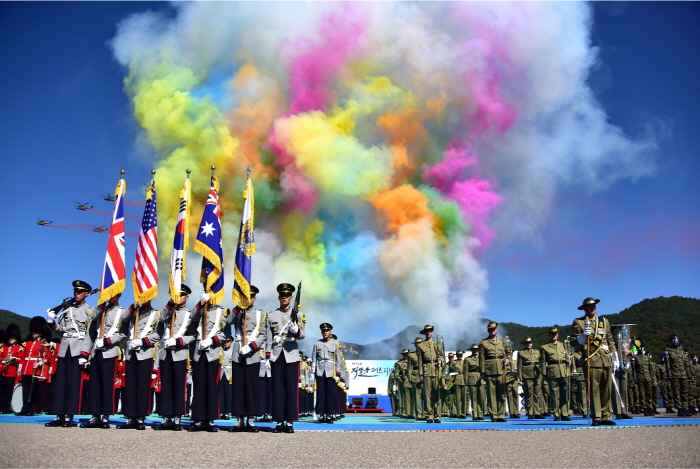
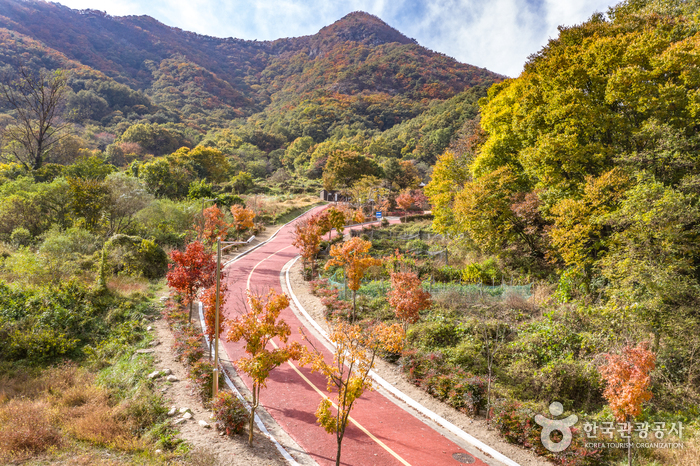
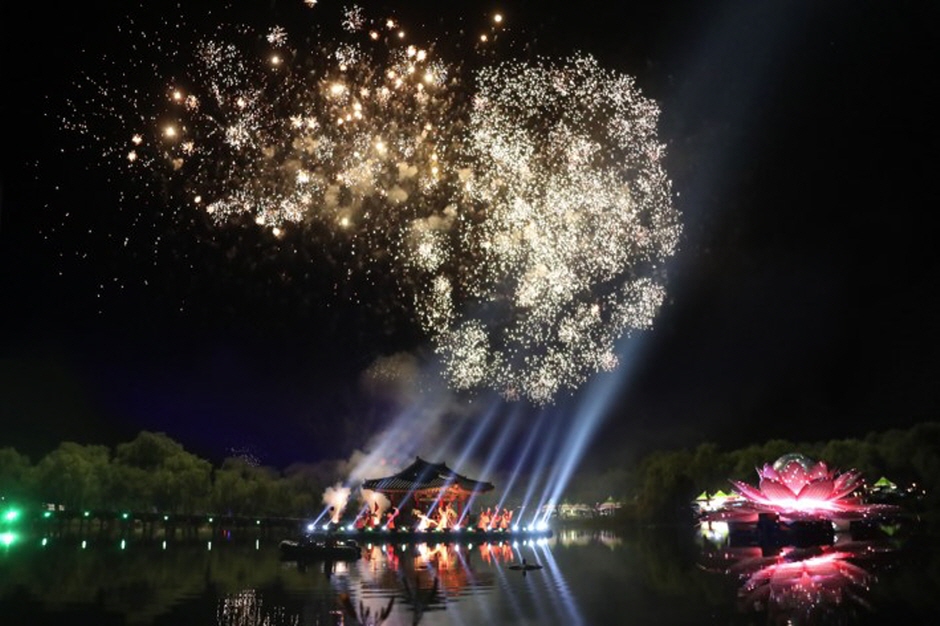
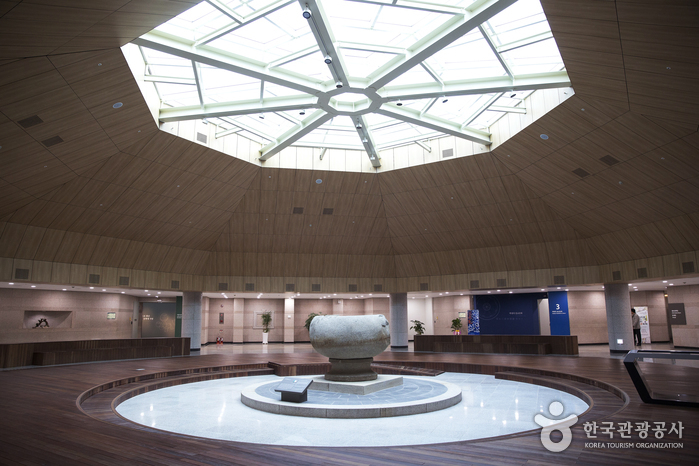

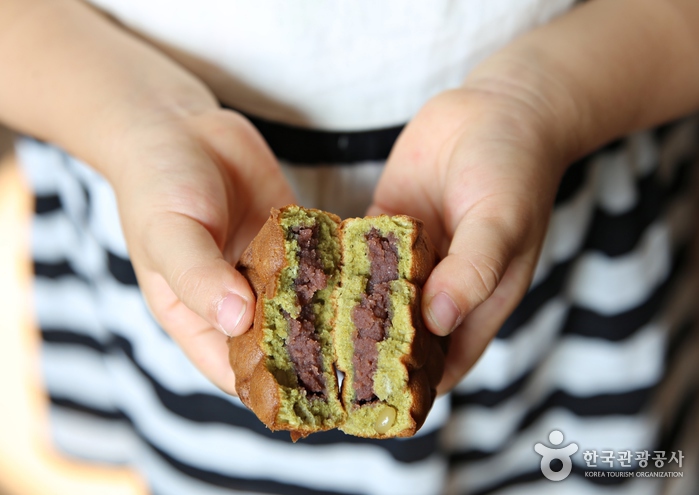
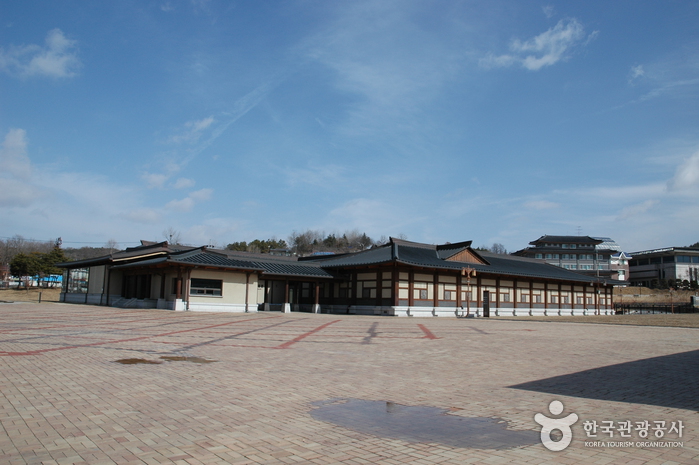
![Five-story Stone Pagoda at Jeongnimsa Temple Site [UNESCO World Heritage] (부여 정림사지 오층석탑 [유네스코 세계문화유산])](http://tong.visitkorea.or.kr/cms/resource/52/2671452_image2_1.jpg)
 English
English
 한국어
한국어 日本語
日本語 中文(简体)
中文(简体) Deutsch
Deutsch Français
Français Español
Español Русский
Русский